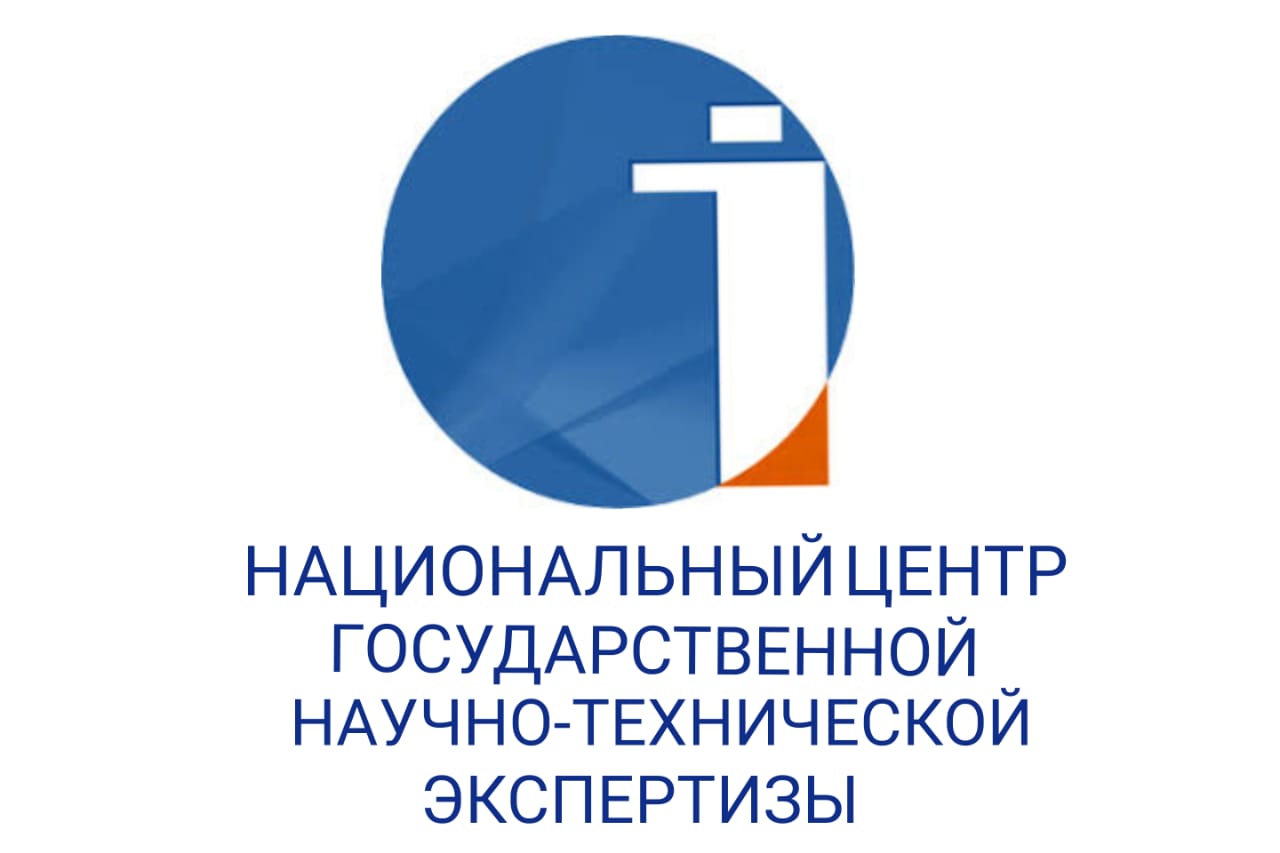STUDENT ATTITUDE TOWARDS CODE-SWITCHING AND FACTORS THAT INFLUENCE CODE-SWITCHING IN A KAZAKHSTANI EMI UNIVERSITY
DOI:
https://doi.org/10.48371/PHILS.2022.65.2.020Keywords:
language play, foreign language acquisition, language education, EMI, code-switching, language attitude, multilingualism, multicompetenceAbstract
As part of Kazakhstan’s trilingual policy, many higher institutions within the country have introduced English as a medium of instruction creating multilingual educational environments where code-switching from English to Kazakh or Russian can be widely practiced. Although code-switching naturally occurs during the initial stages of language learning as a strategy for compensating the missing knowledge, it might also be present during the later stages of language development. This study employed an interview-based qualitative method to explore three graduate students’ attitudes towards code-switching practices in a Kazakhstani EMI university and identify the underlying factors that influence the students with a high level of second and third language proficiency code-switch. The study used purposeful convenient sampling to recruit the participants and obtained the data through semi-structured face-to-face interviews. The set of context-dependent factors suggested by Wodak, Krzyżanowsk, and Forchtner was employed as an analytical framework to explore the factors that influence the students’ code-switching. The data analyses showed that despite seeing code-switching as an undesirable practice that should be avoided in formal contexts, the participants acknowledge that it might fulfill a set of functions within a classroom, such as facilitating group discussions and brainstorms, building relationships between peers, helping to overcome the linguistic differences between languages, and enhancing conversation flow. The factors that influenced the participants’ code-switching practices included code-switching to accommodate their teachers’ and peers’ language, mark their identity, and experiment and play with the languages in their linguistic repertoire. The findings of the study add to the theories that suggest code-switching can increase student engagement in learning and can be the representation of language learners’ developing multicompetence.








